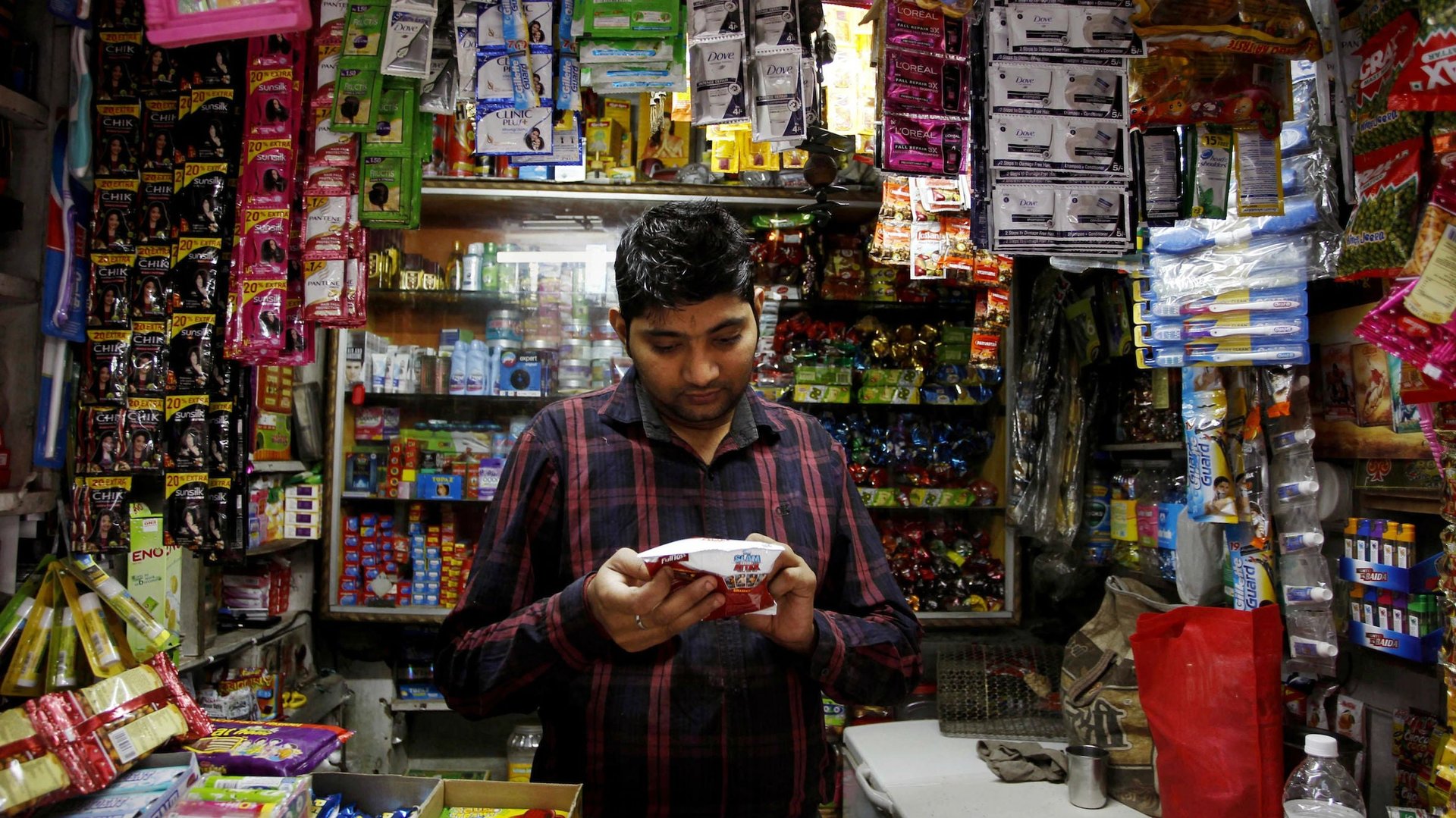Foreign retailers can build it but will Indians come?
Today, India’s Parliament has paved the way for foreign retailers to start setting up shop.


Today, India’s Parliament has paved the way for foreign retailers to start setting up shop.
Yesterday, Quartz ran this headline: “Why India’s big city shopping malls are dying out.”
So is it even worth it?
Indeed, political opposition may have just been retailers’ first hurdle. Now they actually have to set up shop—and hope Indians buy their goods.
As a result of the just-passed reform, giants like Tesco, Carrefour or Walmart will be able to start selling directly to Indian shoppers. Wal-mart has confirmed that the company would open retail stores in the next year and a half. The retailer operates in India now but only through joint ventures (and is also embroiled in a corruption probe).
Such stores represent just a sliver of India’s bustling shopping scene. Indian supermarkets compete with small independent outfits, known as kirana. Most of the country’s major grocery chains are losing money and at least one notable chain has been forced to close. These roadside stalls require less labor or real estate costs and can often avoid taxes (pdf). The informal sector made 96% of all retail value generated in 2011, according to a Euromonitor International report.
The piece on Indian malls says:
“There was an initial euphoria and a herd mentality in developing malls,” explains Shubhranshu Pani, managing director of retail services for Jones Lang LaSalle India, a real estate consultancy in Mumbai. When the global recession hit, spending tapered off. “The retailers started realizing that consumption is not able to sustain rents,” he says. … Even if the big multinationals do make it in, they will be limited to a handful of metropolises. There’s also little evidence they will have many new shoppers to attract in the large Indian cities.
But facing a slowdown in the economy, the Indian government has little choice but to open itself up to investment. Part of the reform’s attraction, according to Manmohan Singh, India’s prime minister, is that foreign investment will help fix India’s poor infrastructure that causes a third of fresh produce in the country to rot before it reaches shoppers. Will retailers invest the millions of dollars to fix roads and set up cold storage across the country? That’s just one of many questions foreign retailers must ask as they ponder their success—and survival—in India.